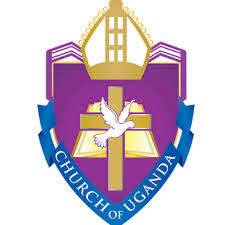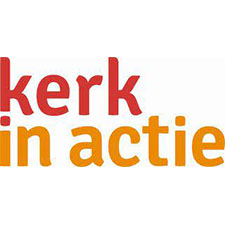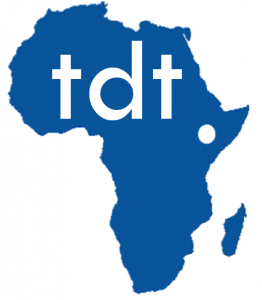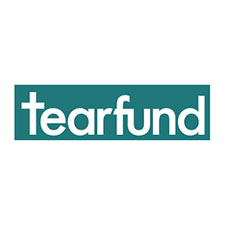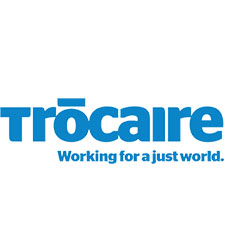WATER, SANITATION AND HYGIENE
-
Uganda loses UGX 389 billion annually due to poor sanitation (World Bank, 2017). Ministry of Health indicates that 75 percent of common ailments in communities are health related and avoidable. Despite the increase of national latrine coverage from 49 percent in 1997 to 79 percent 2018; national hand washing coverage from 14 percent in 2007 to 36 percent in 2018, 10 percent of the population is still using Open Defecation. In Teso, sanitation coverage has increased from 30% to 69%. Teso sub region still faces sanitation and hygiene challenges because they are prone to floods, most communities are returnees from Internally Displaced Persons camps, poor operation and maintenance of facilities, poor sanitation and hygiene seeking behaviors. This necessitates COU-TEDDO to focus on the Water, Sanitation and Hygiene as a strategic area of intervention. Uganda is tending towards elimination or reduction of all forms of open air disposal of sewage, fecal and garbage. COU-TEDDO will pursue the following strategic actions:
| Strategic Actions | Description of the strategic actions under Water, Hygiene and Sanitation theme |
| SA 1 | Construct and rehabilitate WASH facilities to increase access. |
| SA 2 | Promote hygiene and sanitation in communities. |
| SA 3 | Strengthen the capacity of relevant structures to deliver Water, Sanitation and Hygiene services. |
| SA 4 | Promote use of appropriate safe water, sanitation and hygiene technologies. |
Key Results
4.1 Communities access clean and safe water
4.2 Communities sustainably access Sanitation and Hygiene services
Key Result 4.1 Communities access lean and safe water
Outputs
- Marginalized communities access clean and safe water.
- Marginalized communities empowered to demand for improved Water services.
- Water user committees empowered to sustainably manage water sources
Key Result 4.2 Communities sustainably access Sanitation and Hygiene services
Outputs
- Marginalized communities access sanitation and hygiene services
- Marginalized communities are empowered to demand for improved Sanitation and Hygiene services.
Program Area 5: Institutional Strengthening and Development
A strong and sustainable institution is critical for the effective implementation of this Strategic Plan. Availability of fiscal resources and a capable human resource will facilitate effective realization of the strategic intentions. A competent board and staff are key drivers to actualizing this Strategic Plan. The mobilization of adequate financial resources to facilitate staffing, programme interventions and equipment/software will guarantee the success of the Strategic Plan. The following strategic actions are considered;



